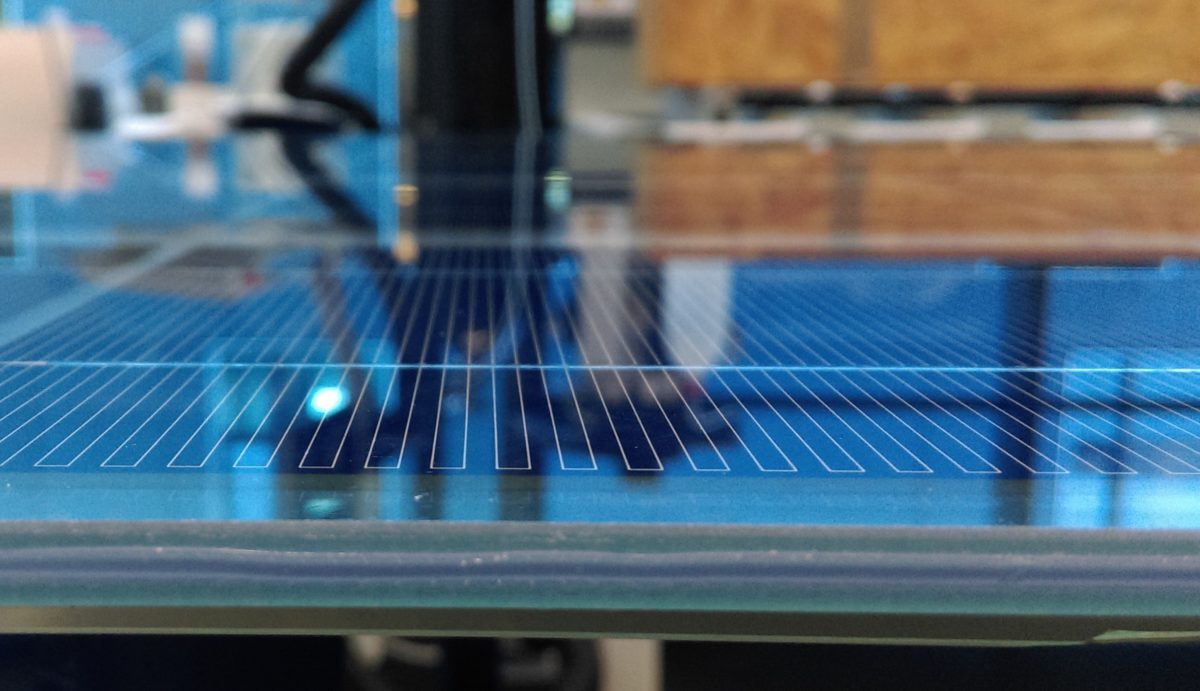Borosil Renewables has reported its highest ever quarterly revenue from operations in Q3 FY2021 due to a robust solar glass demand.
The Indian solar glass manufacturer’s Q3 FY 2021 revenues stood at INR 140 crore, a 23% increase over INR 114 crore recorded in the previous quarter.
In all, the manufacturer earned net revenue of around INR 300 crore during the nine months ended December 2020, a 74.3% rise over the corresponding period in the previous year.
The company acknowledged increased demand from the customers in export markets, given lower availability from China and Malaysia.
“More geographies are getting added to the customers. Exports comprise about 16.1% of overall sales. We are restricting orders in both domestic and export markets in view of limited availability,” it stated.
Borosil Renewables produced at near full capacity of 450 tonnes per day during Q3 FY2021. Thinner glass (lower than 3.2 mm), which is required for bifacial modules, accounted for about 25% of the quarterly sales volume.
Expansion
With rising sales, the company is expanding its capacity from 450 tons per day to 950 tons per day by adding a third solar glass line of 500 tons per day along with processing facilities. The expansion is expected to cost about INR 500 crore.
The project is proposed to be financed through equity of INR 200 crore, a debt of INR 200 crore, with the balance to be met through internal accruals. Towards this end, the company reported it has successfully raised equity finance of INR 200 crore by way of a qualified institutional placement.
This content is protected by copyright and may not be reused. If you want to cooperate with us and would like to reuse some of our content, please contact: editors@pv-magazine.com.









By submitting this form you agree to pv magazine using your data for the purposes of publishing your comment.
Your personal data will only be disclosed or otherwise transmitted to third parties for the purposes of spam filtering or if this is necessary for technical maintenance of the website. Any other transfer to third parties will not take place unless this is justified on the basis of applicable data protection regulations or if pv magazine is legally obliged to do so.
You may revoke this consent at any time with effect for the future, in which case your personal data will be deleted immediately. Otherwise, your data will be deleted if pv magazine has processed your request or the purpose of data storage is fulfilled.
Further information on data privacy can be found in our Data Protection Policy.